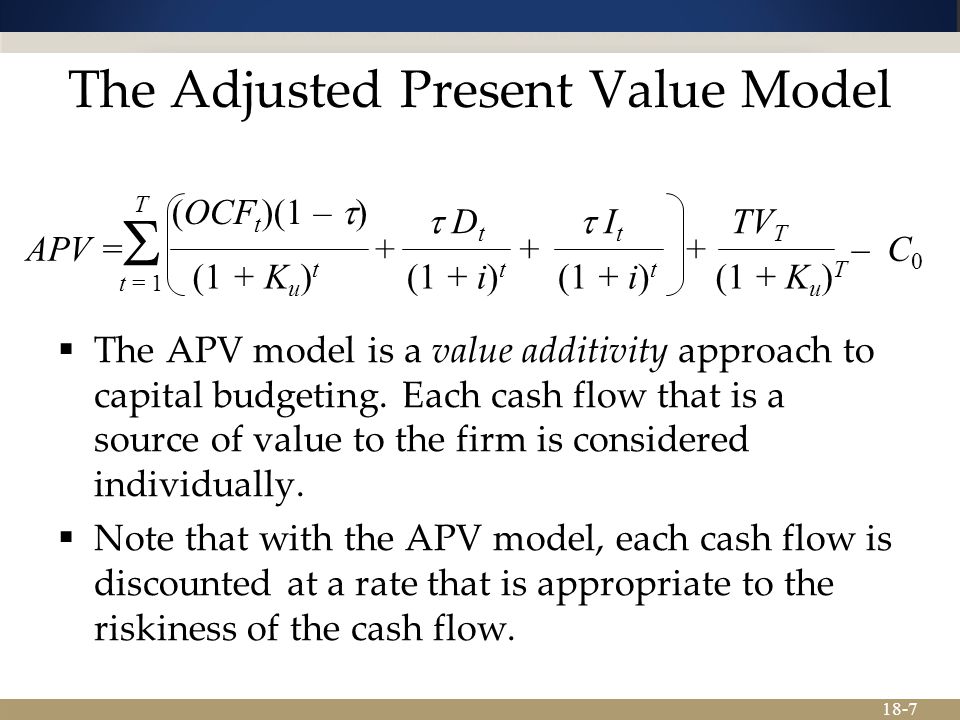Content

Accruals are revenues earned or expenses incurred which impact a company’s net income, although cash has not yet exchanged hands. Disbursement is the act of paying out or disbursing money, which can include money paid out for a loan, to run a business, or as dividend payments.
These two differ in the fact that cash book is a subsidiary book, while cash account is a ledger account. The cash book is used to record all cash receipts and payments. It contains debits and credits which are double-entry https://business-accounting.net/ Bookkeeping entries. Debits represent increases of value or asset accounts while credits represent decreases in value or liability accounts. A triple column cash book is the most complex type of cash book.
Cash BookDefined with Examples & How it Works
The general ledger for a company follows a different organizational structure than a cashbook. A ledger separates a company’s finances into different accounts such as revenue, expenses, assets, liability and equity. Individual transactions, such as payments or receipts, are entered into the appropriate account when the ledger is updated. At times, transactions move from one general ledger account to another.
Entries in the cash book are then posted into the general ledger. It’s a cash book used to enter daily petty expenses like cost of stationery, Cash Book Definition postage and Xerox copy and so on. The petty cash book will be maintained by a separate cashier known as petty cashier in the accounting field.
Related Definitions
In fact, no separate Cash Account is opened in the Ledger, Cash Book serves the purpose of the Cash Account. The entries in Cash Book are regarded as one aspect of the Double Entry System – the other aspect is posted to the Ledger in the concerned account. The book in which all cash transactions are primarily recorded according to dates, is called ‘Cash Book’. At the same time, it is also a ledger since purely cash transactions are posted in it . They are instead recorded in their separate ledger accounts. Imagine having to look up at a general journal every time you want to inquire about the cash transactions of the business. Since details of the transactions are also included, it’d be easier to know what type of cash transaction is made, and which source document it should be compared to.
- Cash book is both journal and ledger as it contains all journal and ledger features and serves purposes of both.
- In fact, when a cash book is maintained separately, there is no need to keep a cash account in the ledger.
- It also acts as a part of the ledger because it contains cash and bank accounts.
- Pricing will vary based on various factors, including, but not limited to, the customer’s location, package chosen, added features and equipment, the purchaser’s credit score, etc.
- With a cash book, all transactions can be recorded in chronological order making it easier to track when a mistake or error occurs.
The entries in the General Ledger should be posted from the Cash Book.3. It is where you record all of your business’s cash receipts.



